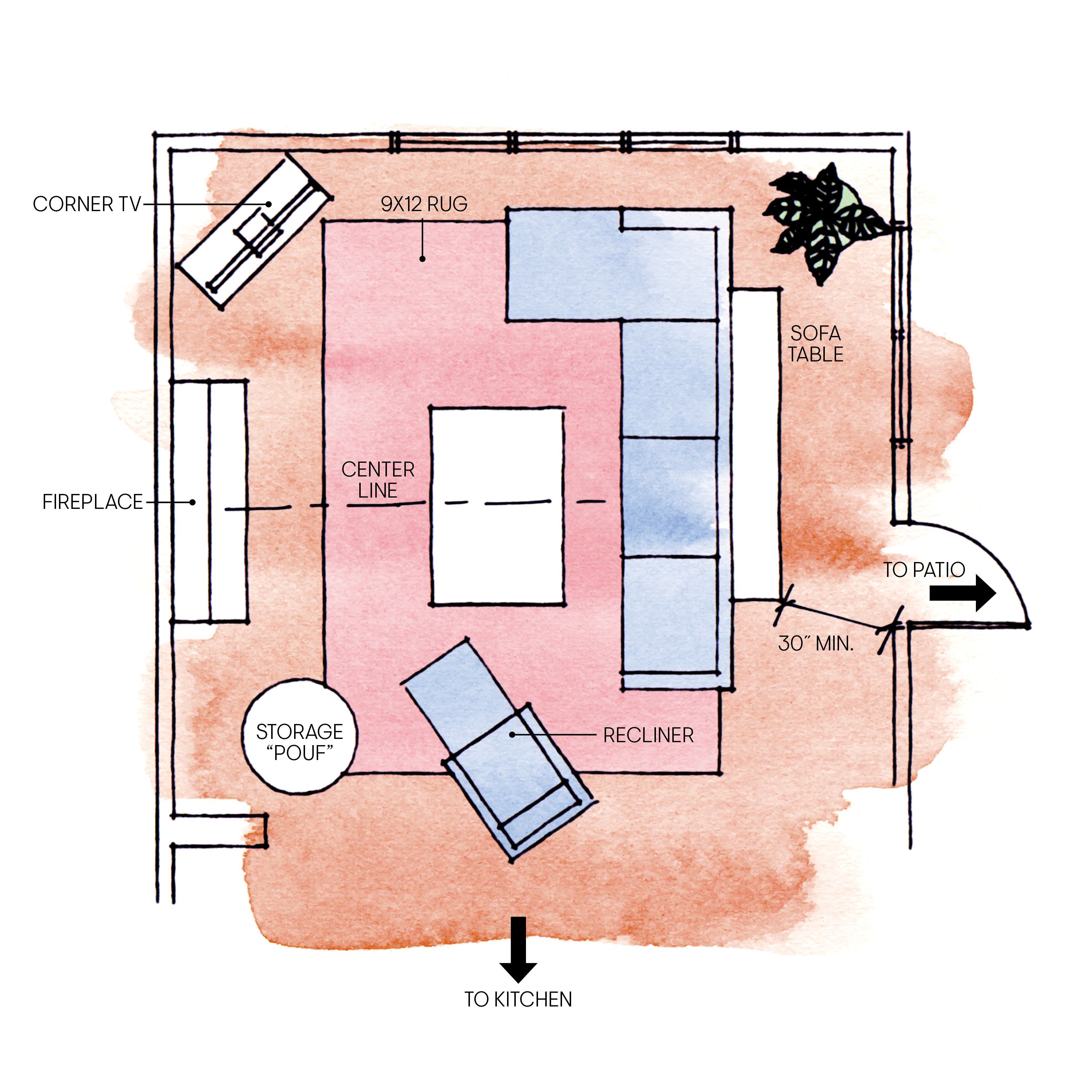


In well designed bathrooms, toilet room doors should be located on a wall perpendicular to the toilet as opposed to the wall directly in front of the toilet. Also, given that a window was included in the shower and over the tub, from the exterior view, it would look best to match the window size in the shower to the window in the toilet room. Long hallway without functional or architectural purpose.įor ventilation and improved natural light, it’s most ideal to include a window in the toilet room, specifically when it’s located on an exterior wall. It would be extremely cumbersome to have to close the bedroom door, in order to close the bathroom door. As designed, there isn’t a place for the bedroom door to rest against without interfering with the bathroom door. The design of a washroom can have a big impact on the resources needed to keep it clean and attractive.Bathroom doors interfering with bedroom door. Inaccessible corners, for example, will run the risk of a decreasing level of hygiene.

Disabled and Family Access – the building regulations pertaining to disabled toilet access should be regarded as a minimum standard.In public areas, thought should be given to the possibility of queuing, and where the queue will form. Unobstructed Entrances – for a facility which will be heavily used, a wide access, and possibly separate entrances and exits, should be considered.Users with special needs may require more room. Room to Move – a cubicle which will be used by people wearing light indoor clothing, for example in an office building, can be smaller than one designed to accommodate users who will arrive in heavy coats, and encumbered by luggage or shopping bags, as they might be in a railway station or department store.Conversely, a toilet facility which is reassuringly private will attract users to the building. People will avoid washrooms in which they feel uncomfortable, and this avoidance can even extend to the building itself. Many people experience embarrassment if they are forced into close proximity with other users, or if there is inadequate sound insulation. Privacy is an important issue when considering the layout of washroom facilities in public spaces.The design of toilet cubicles is, of course, subject to detailed building regulations in every jurisdiction, particularly with regard to minimum provision, and concerning access for disabled people. The needs of the building’s users will also have an impact on the layout.

Every building will have its own distinctive features, and often sanitary facilities need to be fitted in to an existing space. There is no ‘one size fits all’ solution to toilet cubicle design. Research has demonstrated that a washroom which is seen as welcoming and comfortable will lead to the entire premises being viewed in a positive light, and will promote employee engagement and customer satisfaction. The design of toilet provision is important. Toilet Cubicles – Designing a Good Layout


 0 kommentar(er)
0 kommentar(er)
